
The Waco Custom Cabins were a series of up-market single-engined four-to-five-seat cabin sesquiplanes of the late 1930s produced by the Waco Aircraft Company of the United States. "Custom Cabin" was Waco's own description of the aircraft which despite minor differences, were all fabric-covered biplanes.

The Cessna Airmaster, is a family of single-engined aircraft manufactured by the Cessna Aircraft Company. The Airmaster played an important role in the revitalization of Cessna in the 1930s after the crash of the aviation industry during the Great Depression.
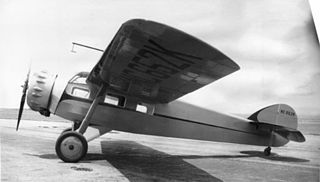
The Cessna Model DC-6 was a 1920s American high-wing four-seat tourer built by the Cessna Aircraft Company. It was used by the United States Army Air Corps as the UC-77/UC-77A.
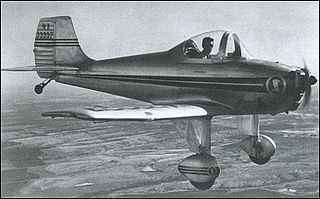
The Luscombe 10 was a single-seat sport aircraft built in the United States in 1945. It was a conventional, low-wing cantilever monoplane with fixed, tailwheel landing gear, designed for aerobatics. The wings, tail unit, and engine section were all adapted from the Luscombe 8, while the fuselage center section was an all-new design, relocating the Model 8's wings from a high to low position.
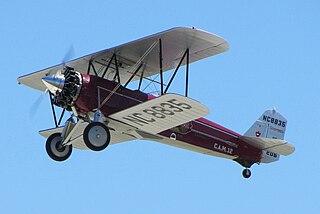
The Stearman C3 was an American-built civil biplane aircraft of the 1920s, designed by Stearman Aircraft of Wichita, Kansas. It was also the first Stearman aircraft to receive a type certificate.
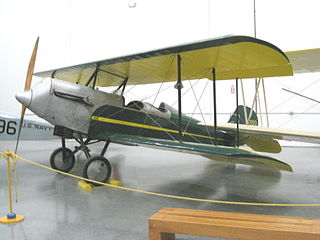
The American A-1 and A-101 were American two and three-seat biplanes of the 1920s.

The American Eagle A-129 was a 1920s biplane built in the U.S.A.

The Waco F series is a series of American-built general aviation and military biplane trainers of the 1930s from the Waco Aircraft Company.

The Waco A series is a range of light American-built twin side-by-side seater sporting biplanes of the early 1930s.

The Waco N series is a range of 1930s American-built cabin biplanes with a fixed tricycle undercarriage produced by the Waco Aircraft Company.

The Waco Standard Cabin series is a range of American single-engine 4–5 seat fabric covered cabin biplanes produced by the Waco Aircraft Company beginning in 1931 with the QDC and continuing until 1942 when production ended for the VKS-7F. They were used as light passenger and utility transports, navigational trainers, bushplanes and briefly as maritime reconnaissance aircraft during World War 2.

The Waco 9 is an American-built three-seat biplane design that first flew in 1925.

The Waco S Series is a family of American cabin biplanes produced by the Waco Aircraft Company starting in 1935.
The Waco G series is an American open-cockpit sporting biplane of the early 1930s.

The Eagle DW.1 is an American-built single-seat agricultural biplane of the late 1970s.
The Waco Model W Aristocraft was an American four-seat monoplane, the last aircraft designed and built by the Waco Aircraft Company. It had an unusual configuration with an engine mounted at the front driving a pusher propeller at the rear.
The Waco 6, designed by the Advance Aircraft Company, was a 2-seat biplane similar to the Curtiss JN-4, with single bay equi-span wings. The fuselage was built from wood, fabric covered, with tandem cockpits, the forward one between the mainplanes. Four aircraft were built ca. 1923.

The Pitcairn PA-1 Fleetwing is the first biplane designed for air racing and commercial airmail service by Pitcairn Aircraft Company.
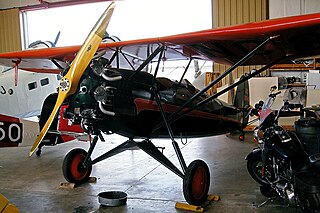
The Davis D-1 is an American light two-seat parasol-winged monoplane of the late 1920s.

The Laird LC-B was a three seat, single-engined biplane, built for private owners in the U.S. in the late 1920s and offering a variety of engines. About 35 had been built before production ceased in the mid-1930s. Two have been restored to flight.



















